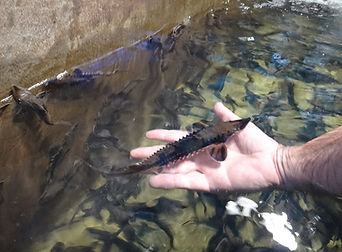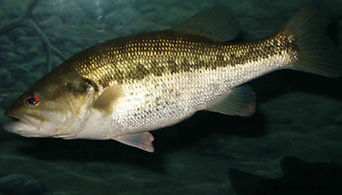
Seedling precision
aquaculture.
Aquaculture is a global industry feeding millions of people.
As with the raising of all animals, responsible care for the health of the species is mandatory.

Organizations like the Monterey Bay Aquarium are leading the cause toward more sustainable seafood.
Through aquaculture evaluation and their Seafood Watch™ program helps consumers and businesses choose seafood that's fished or farmed in ways that support a healthy ocean, now and for future generations.

In 2014, fish harvested from aquaculture around the globe amounted to 73.8 million tons.
SEEDs have an option to be designed to include aquaculture. When chosen, each SEED's aquaculture program will be held to the highest standards, including the Seafood Watch™ program.



Across the United States, fresh-waterways continue to add species to the U.S. Fish & Wildlife Endangered Species list. As a public private partnership, SEEDs may be designed to focus aquaculture activities toward the recovery of populations of these native species.
Through advanced blockchain sensor-driven environments, Seedling seeks to replicate controlled waterways to more closely match those native to each species, delivering healthier results for waterway restocking. By partnering with universities, each SEED is embedded with regional resources that are amplified by the nation-wide network of partner institutions. As a collective, this network of SEEDs is positioned to aide in returning balance to natural stock levels.

The most advanced organic liquid fertilizers used by NASA for explorational farming in space have been derived from nutrient rich compounds that include Chitin, a fibrous substance consisting of polysaccharides and forming the major constituent in the exoskeleton of crustaceans and crayfish. To simplify aquaculture practices in cohesion with hydroponics, SEEDs target freshwater species of red crayfish for Chitin and animal protein.
